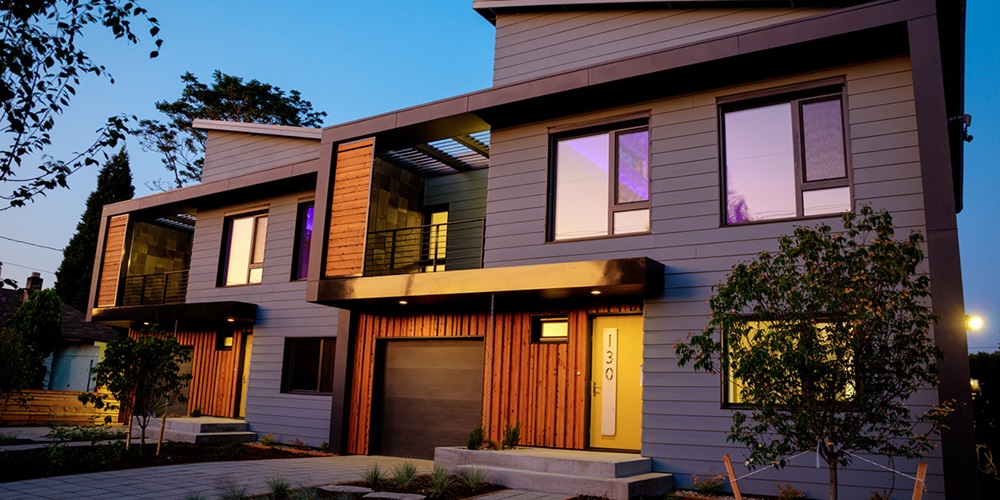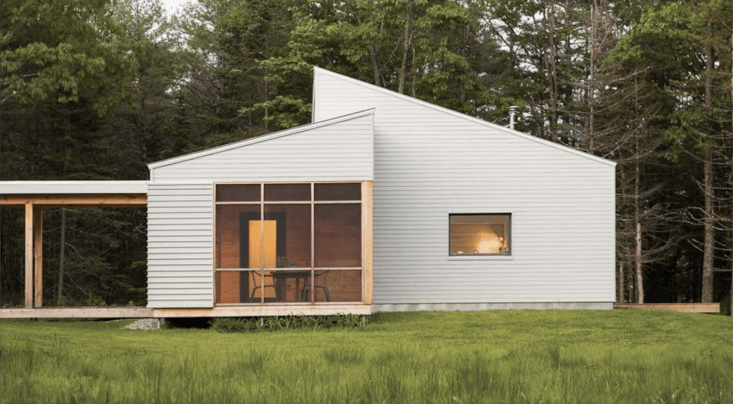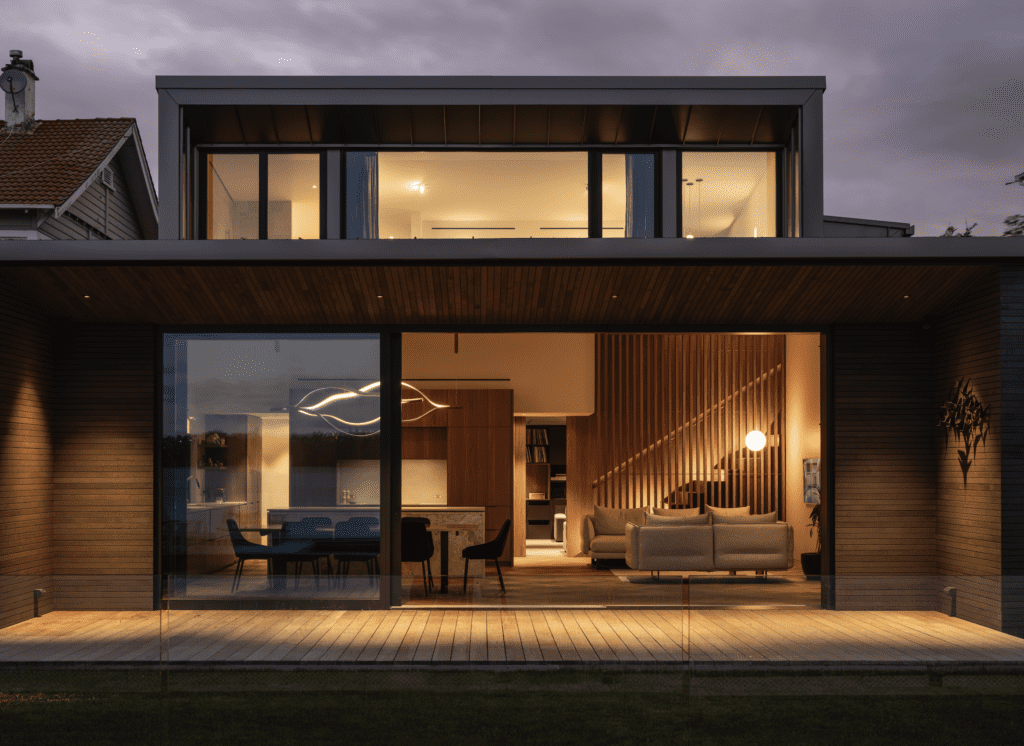Efficient energy use is a cornerstone of sustainable living, and one of the most effective ways to achieve this is through passive solar design. This approach involves using the sun’s energy for heating and cooling living spaces, thereby reducing reliance on non-renewable energy sources. In this guide, we’ll delve into the key principles and strategies of passive solar design.
Before we dive into the specifics of passive solar design, it’s worth noting its relationship with the broader concept of passive house standards. For more on this, you can refer to our previous article on understanding passive house standards.
Key Principles of Passive Solar Design
Passive solar design hinges on a few key principles. These include solar heat gain, thermal mass, and insulation. By understanding and applying these principles, homeowners can significantly reduce their energy consumption and contribute to a more sustainable future.
Implementing Passive Solar Design Strategies
Implementing passive solar design strategies requires careful planning and consideration. The orientation of the building, the type of materials used, and the placement of windows and doors all play a crucial role in the effectiveness of the design. For a comprehensive checklist on passive survivability, you can consult this resource.
Conclusion
Passive solar design is an effective strategy for reducing energy consumption and promoting sustainability. By understanding and implementing these strategies, homeowners can enjoy comfortable living spaces while minimizing their environmental impact. To get started on your passive solar design journey, consider integrating a solar Ring panel or learning how to design for solar gain.





